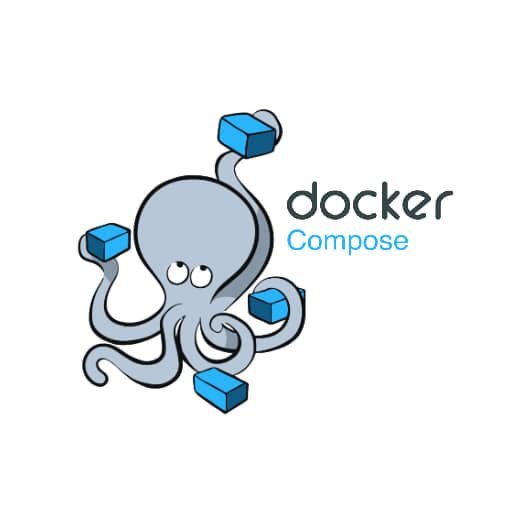Docker Compose: Simplifying Multi-Container Applications

Docker Compose is a tool that simplifies the management of multi-container applications. It allows you to define and run multiple containers as a single application, making it easier to deploy and manage complex applications.
With Docker Compose, you can define your application’s services, networks, and volumes in a single YAML file. This file describes the containers that make up your application, their dependencies, and how they should be configured.
By using Docker Compose, you can easily spin up your entire application stack with a single command. Docker Compose will create and start all the necessary containers, set up the networking between them, and configure any required volumes.
Docker Compose also provides a range of other features that simplify the management of multi-container applications. For example, you can scale your services up or down with a single command, allowing you to easily handle changes in demand. You can also view logs from all your containers in real-time, making it easier to troubleshoot issues.
Overall, Docker Compose simplifies the process of managing multi-container applications by providing a single tool to define, deploy, and manage your application stack. It allows you to easily spin up your entire application with a single command, scale your services as needed, and view logs from all your containers in real-time.